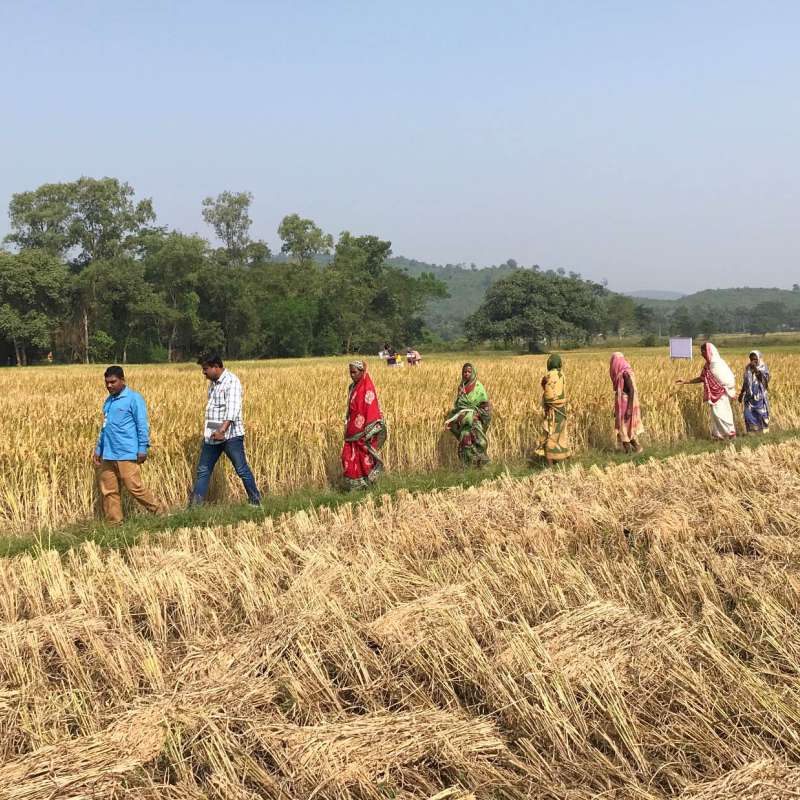Sekhar Udaya Nagothu
Seniorforsker
(+47) 990 15 621
nagothu.udayasekhar@nibio.no
Sted
Ås - Bygg O43
Besøksadresse
Oluf Thesens vei 43, 1433 Ås (Varelevering: Elizabeth Stephansens vei 21)
Forfattere
Emmanuel Oladeji Alamu Njoloma Joyce Akello Juliet Ngumayo Joel Ray Chazangwe Mehreteab Tesfai Chikoye David Nyoka Isaac Dale Lewis Sekhar Udaya NagothuSammendrag
Det er ikke registrert sammendrag
Forfattere
Kiran Kumar Mohapatra A.K. Nayak R.K. Patra Rahul Tripathi Chinmaya Kumar Swain K.C. Moharana Anjani Kumar Mohammad Shahid Sangita Mohanty Saheed Garnaik Hari Sankar Nayak Simran Mohapatra Sekhar Udaya Nagothu Mehreteab TesfaiSammendrag
Det er ikke registrert sammendrag
Forfattere
Mehreteab Tesfai Alamu Oladeji Emmanuel Joyce Bakuwa Njoloma Sekhar Udaya Nagothu Joel NgumayoSammendrag
Chapter 8 provides a comprehensive review of literature pertaining to agroecological (AE) farming approaches/practices and knowledge driven from stakeholders’ and scientific studies. The review identifies the major drivers, barriers, gaps, and opportunities of AE practices in the context of African farming systems. The chapter presents the best combinations of AE practices as alternative approaches to the current unsustainable farming practices. Experiences from Zambia and other countries where selected AE practices are being implemented by farmers with the support of diverse stakeholders are shared in the chapter. Further, key ecological, social, and economic indicators developed in the countries are also discussed. The chapter analyses how the AE practices contribute to the reduction of GHG emissions and at the same time address the UN Sustainable Development Goals (SDGs), e.g., SDG 2 (food and nutrition security), SDG 12 (sustainable food production and consumption), SDG 13 (climate action), and SDG 15 (life on land).

Divisjon for miljø og naturressurser
UPSCALE
A transformative climate action through upscaling climate resilient rice and other agricultural technologies supported by evidence-based knowledge and policy in India (UPSCALE).

Divisjon for miljø og naturressurser
CANALLS Agroecological practices for sustainable transition
Agroecology covers all activities and actors involved in food systems. It also places the well-being of people (producers and consumers of crops and products) at its core. The EU-funded CANALLS project will focus on the agroecological zones and diverse farming systems in the humid tropics of Central and Eastern Africa. It will explore the complex environmental, social and economic challenges, which in some cases are exacerbated by conflict and high vulnerability. Moreover, it will advance agroecological transitions in these regions through multi-actor transdisciplinary agroecology Living Labs at eight sites in four countries. The focus will be on crops such as cocoa, coffee and cassava, which are vital for subsistence and economic development.
